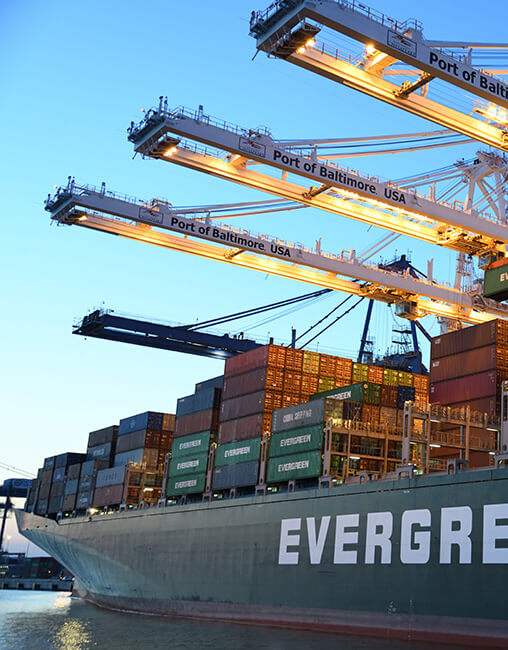What has happened in the Suez Canal?
The container ship Ever Given was en route from Yantian, China, to the Port of Rotterdam in The Netherlands when it was knocked off course by strong winds and a sandstorm on Tuesday, March 23rd.
Immediately after Ever Given ran aground, the Suez Canal Authorities began their efforts to re-float the large container vessel. Among them also two tug boats from Svitzer, A Maersk strategic brand and part of the Maersk Group. Finally, on Monday, March 29th, the efforts were successful.
Why is the Suez Canal so crucial for international trade?
With about 12% of global trade passing through the Suez Canal per year, the trade route connects the Mediterranean to the Red Sea and provides the shortest sea link between Asia and Europe. The Suez Canal has a daily capacity of approximately 50 – 85 vessels entering from both sides.
Why is the situation impacting international trade?
The incident created long tailbacks on the waterway, stopping vessels from passing and causing delays. Nearly 400 vessels got stuck in the canal, and that has real implications on global trade. Vessels are now crossing the canal again. However, disruption to global trade continues with multiple vessels crossing the passage days later than planned. That slows the arrival of containers at their destinations and delays when they can be emptied and then refilled with other goods towards their next destination.
Moving forward, port congestion is expected to be a significant hurdle as vessels will be arriving outside of their slotted appointment times and in large numbers as they all make their way through the canal in quick succession.
How is the Suez Canal incident impacting international supply chains in the long run?
The incident has mounted further pressure on global trade during a time when it was already feeling equipment shortages due to the COVID-19 pandemic, especially in and out of Asia.
With that, companies are now embracing just-in-case supply chains. That means businesses keep much higher inventory levels on hand to avoid being caught by disruptions such as the pandemic. This strategy minimizes the probability that a product will sell out of stock. In comparison, just-in-time supply chains aim to minimize inventory costs by producing the goods after the orders have come in.
Søren Skou, Chief Executive Officer at A.P. Moller-Maersk, told the Financial Times that companies have already been changing their supply chains because of the COVID-pandemic. The Suez Canal blockage will accelerate this ongoing global shift away from just-in-time towards just-in-case supply chains.
